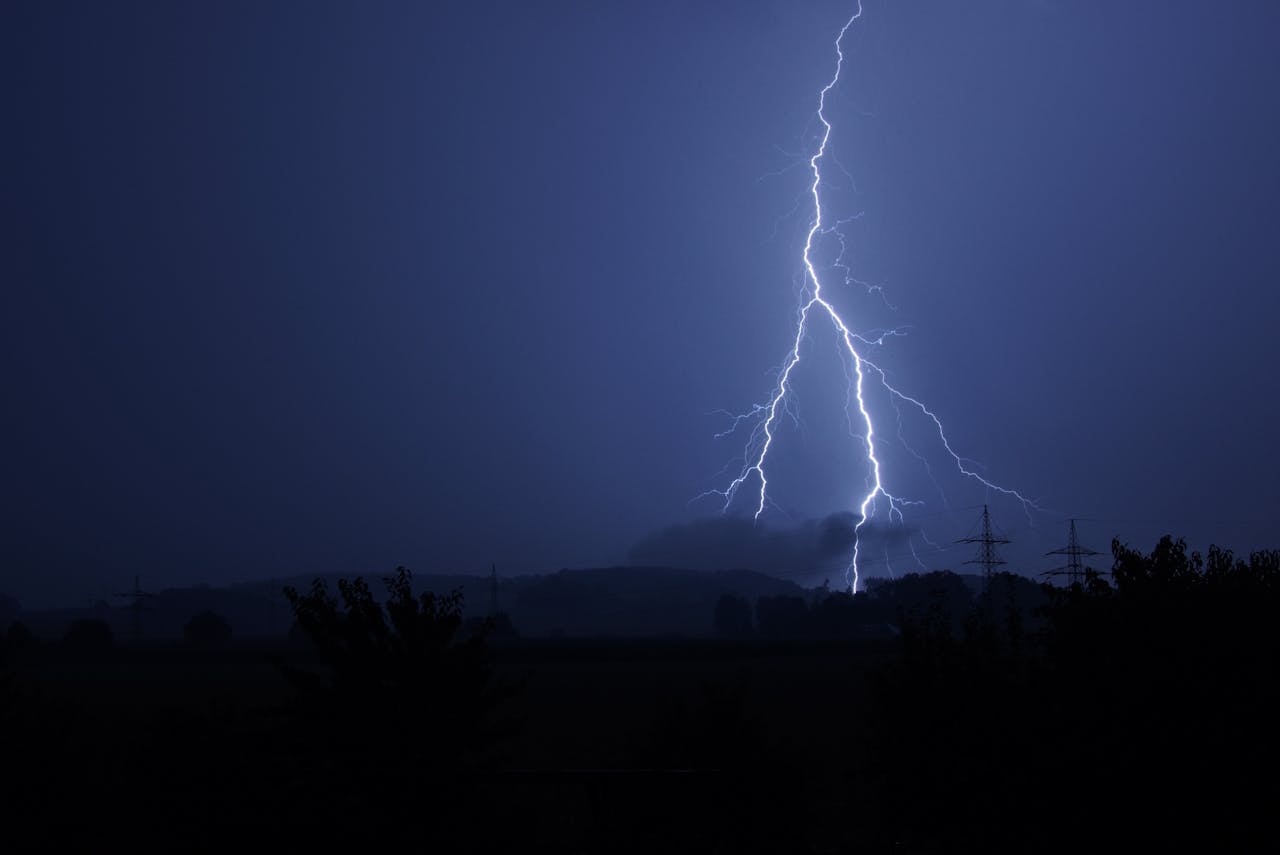Industry guide outlines 10 steps for broadcast disaster recovery planning

Weekly insights on the technology, production and business decisions shaping media and broadcast. Free to access. Independent coverage. Unsubscribe anytime.
As hurricane season approaches and extreme weather events become more frequent, television and radio stations face a critical challenge: maintaining operations when traditional communication networks fail. A new guide from the National Association of Broadcasters outlines how broadcast facilities can prepare for disasters that threaten both their infrastructure and their communities.
The broadcast industry’s role as a lifeline during emergencies has become increasingly vital. When cellular networks collapse and internet services go offline, radio and television stations often remain the sole source of real-time information for affected communities.
This responsibility has prompted the NAB to develop “10 Steps to Disaster Preparation and Recovery,” a comprehensive framework designed to help stations maintain operations during crisis situations.
The guide emphasizes that effective disaster preparedness requires input from across station operations. Engineers identify technical vulnerabilities, news directors plan for continuous coverage, general managers oversee staff safety protocols, and station owners must champion the commitment to emergency planning. This cross-departmental approach reflects the complex nature of broadcast operations during disasters.
“Broadcasting is never more important than during an emergency,” the guide states, underscoring the industry’s unique position as a critical infrastructure service.
The preparedness framework addresses both natural disasters and human-made threats. Stations must evaluate their vulnerability to floods, hurricanes, earthquakes, wildfires, and severe weather while also considering risks from equipment failure, cyberattacks, and infrastructure disruptions. The guide recommends that stations assess their exposure to buried pipelines, hazardous materials transport routes, and potential power grid failures.
Central to the NAB’s approach is identifying single points of failure that could knock stations off the air. The guide asks stations to consider scenarios such as studio evacuations, loss of transmission links, and equipment breakdowns. Backup systems become essential: auxiliary transmitters, alternative studio locations, satellite communication systems, and generators with fuel contracts.
The document places significant emphasis on cybersecurity preparedness, reflecting the growing threat of digital attacks on broadcast infrastructure. Recommended protections include firewalls, multi-factor authentication, secure data backups, and staff training against phishing attempts. The guide references resources from the Federal Communications Commission, the Cybersecurity and Infrastructure Security Agency, and the National Institute of Standards and Technology.
Staff safety protocols receive detailed attention in the framework.
Stations must identify shelter-in-place locations and stock essential supplies including food, water, first aid equipment, and communication devices. The guide recommends that employees maintain personal emergency kits at work and that management establish clear evacuation procedures and staff check-in processes.
Training and testing requirements feature prominently in the NAB recommendations. The guide suggests cross-training staff across departments so that back-office personnel can operate broadcast equipment and board operators can perform basic technical repairs. Regular drills should test various failure scenarios, from master control outages to complete facility evacuations.
The framework also addresses programming continuity through partnerships with other stations, network feeds, and online streaming capabilities. Special consideration is given to foreign-language stations that may provide the only news source in specific languages during emergencies.
Insurance considerations round out the preparedness strategy. The guide outlines various coverage types including property insurance for building damage, flood insurance where available, business interruption coverage for temporary equipment rental, and cybersecurity insurance for digital threats.
The NAB’s guidance comes as broadcast stations face increasing pressure to maintain operations during more frequent and severe weather events. The document provides a systematic approach to disaster preparedness that acknowledges both the technical complexities of broadcast operations and the critical public service role these facilities serve during emergencies.
For an industry that serves as the backbone of emergency communications, the message is clear: preparation today determines whether stations can fulfill their essential role when disaster strikes tomorrow.




tags
NAB
categories
Broadcast Engineering, Broadcast Facility, Broadcast Industry News, Heroes